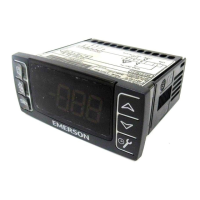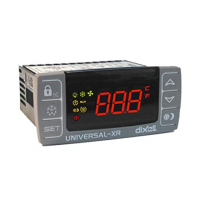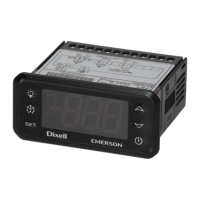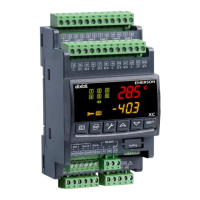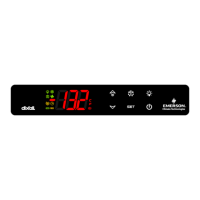User Manual Chapter 7
GFK-1742F Jan 2020
Programmed Motion 208
7.7.6 Other Programmed Motion Considerations
The following examples are not complete programs. For example, in many cases the
PROGRAM and ENDPROG statements are not shown. These statements (in correct context)
would need to be added to make the program compile successfully.
Maximum Acceleration Time
The maximum time for a programmed acceleration or deceleration is 131 seconds. If the
time to accelerate or decelerate is computed to be longer than this time, the DSM314 will
compute an acceleration to be used based on 131 seconds. To obtain longer acceleration
times, multiple CMOVEs with increasing or decreasing velocities must be used.
Example 15: Maximum Acceleration Time
The following two program examples are only valid for a DSM314 using a 2ms position loop
update time. They show a hypothetical problem with a very long acceleration time in
Example1, and a possible solution in Example 2. In Example 1 below, 240 seconds is required
to reach the programmed velocity of 24,000 at an acceleration rate of 100 (24000 ÷ 100 =
240). Since this is greater than the DSM’s limit of 131 seconds per acceleration or
deceleration, the DSM will calculate a value within its limit. In this case, the DSM calculates
that to reach a velocity of 24,000 in 131 seconds, an acceleration of 183 would be required.
The Example 1 solid line velocity profile shows the higher (183) acceleration rate used by
the DSM. The dashed line profile in that drawing indicates the desired (programmed)
acceleration rate and velocity profile that could not be attained.
Figure 86: Maximum Acceleration Time Example 1
One solution (which requires some extra calculations) for obtaining a low acceleration for a
long period of time breaks a move up into separate continuous moves (using CMOVE
commands), with each move’s acceleration time being less than 131 seconds. In the
problem introduced in Example 1, the programmed move would require 240 seconds each
for acceleration and deceleration. Dividing this time in half by using two moves with
acceleration or deceleration times of 120 seconds each, places the moves within the DSM’s
limit of 131 seconds. This scheme is used in the following example.
Example 2 shows how the result desired in Example 1 could be obtained by replacing
Example 1’s single move with four moves. Four moves are required since both the
acceleration and deceleration portions of the profile must each be divided into two moves.
To divide the total acceleration (or deceleration) time in half, calculate the distance at the
midpoint of either slope, when velocity is 12000, to be 720,000 user units.

